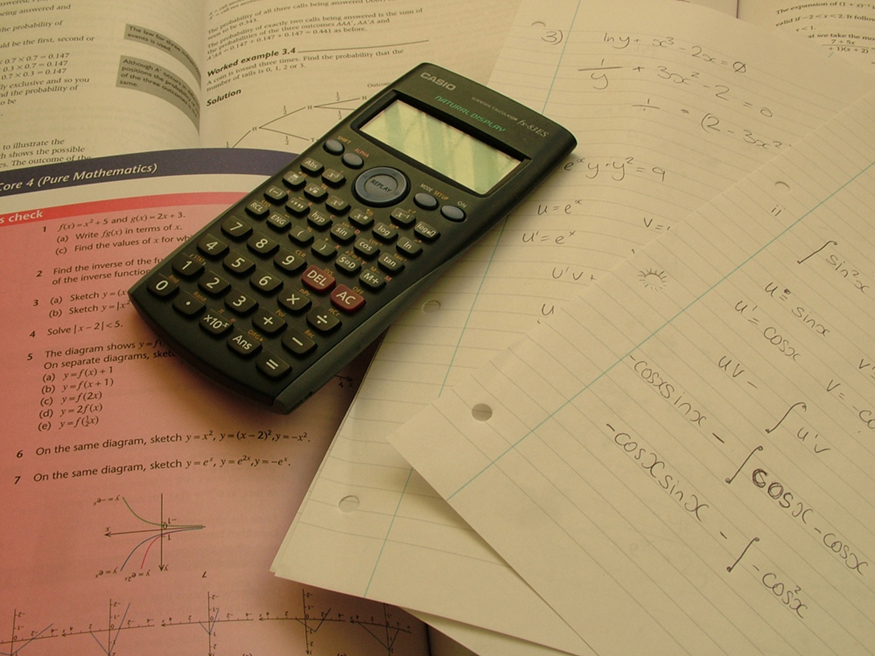| << Chapter < Page | Chapter >> Page > |

Have you ever used the Pythagorean Theorem and gotten a wrong answer? Probably not, unless you made a mistake in either your algebra or your arithmetic. Each time you perform the same calculation, you know that the answer will be the same. Trigonometry is reliable because of the certainty that one part always flows from another in a logical way. Each part is based on a set of postulates, and you can always connect the parts by applying those postulates. Physics is the same way with the exception that all parts must describe nature. If we are careful to choose the correct postulates, then our theory will follow and will be verified by experiment.
Einstein essentially did the theoretical aspect of this method for relativity . With two deceptively simple postulates and a careful consideration of how measurements are made, he produced the theory of special relativity.
The first postulate upon which Einstein based the theory of special relativity relates to reference frames. All velocities are measured relative to some frame of reference. For example, a car’s motion is measured relative to its starting point or the road it is moving over, a projectile’s motion is measured relative to the surface it was launched from, and a planet’s orbit is measured relative to the star it is orbiting around. The simplest frames of reference are those that are not accelerated and are not rotating. Newton’s first law, the law of inertia, holds exactly in such a frame.
An inertial frame of reference is a reference frame in which a body at rest remains at rest and a body in motion moves at a constant speed in a straight line unless acted on by an outside force.
The laws of physics seem to be simplest in inertial frames. For example, when you are in a plane flying at a constant altitude and speed, physics seems to work exactly the same as if you were standing on the surface of the Earth. However, in a plane that is taking off, matters are somewhat more complicated. In these cases, the net force on an object, , is not equal to the product of mass and acceleration, . Instead, is equal to plus a fictitious force. This situation is not as simple as in an inertial frame. Not only are laws of physics simplest in inertial frames, but they should be the same in all inertial frames, since there is no preferred frame and no absolute motion. Einstein incorporated these ideas into his first postulate of special relativity .
The laws of physics are the same and can be stated in their simplest form in all inertial frames of reference.
As with many fundamental statements, there is more to this postulate than meets the eye. The laws of physics include only those that satisfy this postulate. We shall find that the definitions of relativistic momentum and energy must be altered to fit. Another outcome of this postulate is the famous equation .

Notification Switch
Would you like to follow the 'College physics' conversation and receive update notifications?